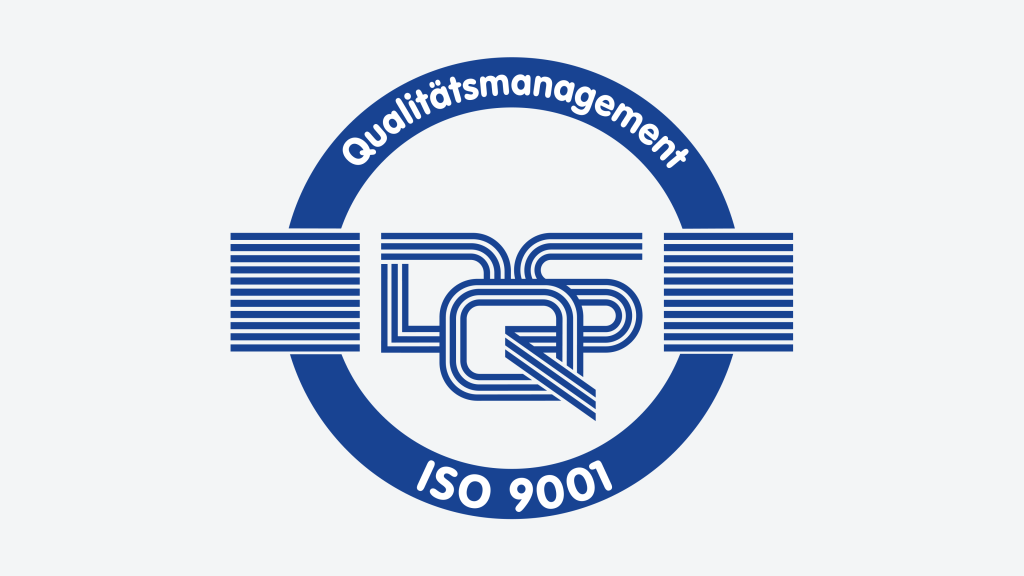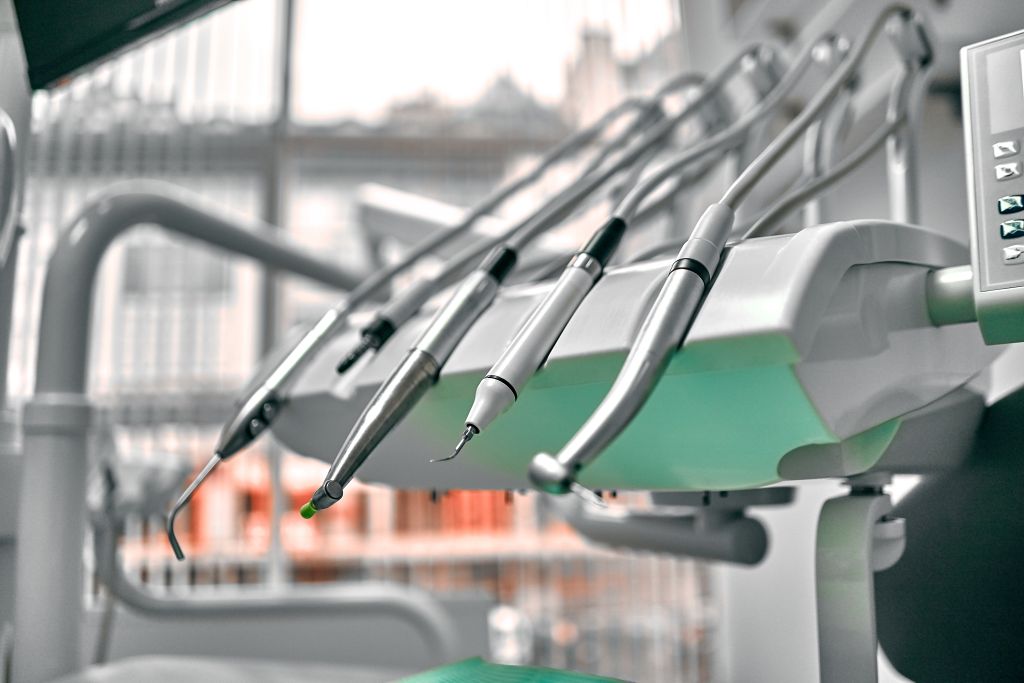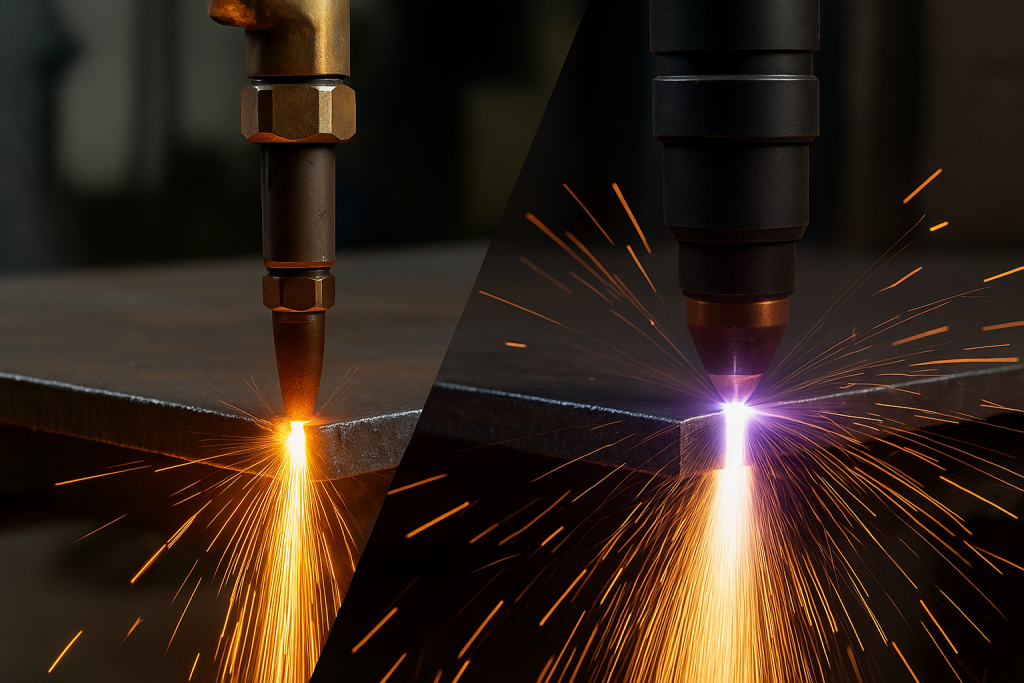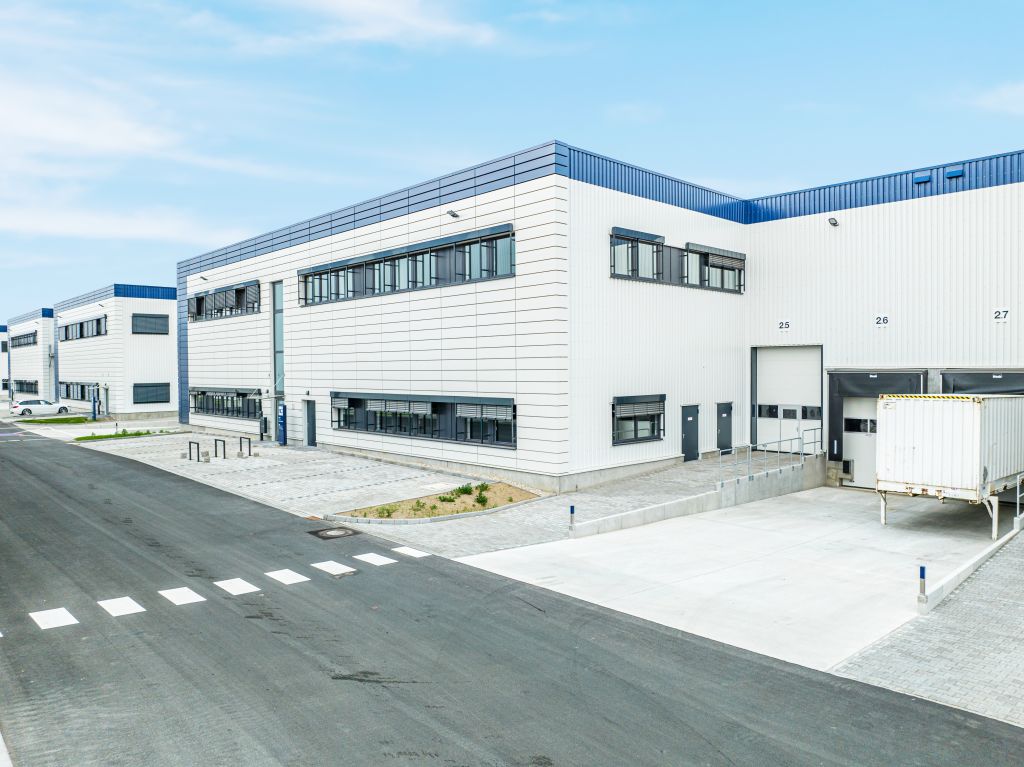Quality assurance in CNC manufacturing: The Ultimate Guide for Procurement Managers
Quality assurance is the key to successful CNC procurement: procurement managers are faced with the challenge of reconciling costs, delivery times and increasing quality requirements. This practical guide shows how quality assurance and quality control interact, which standards and test procedures are relevant and how key performance indicators such as Cpk, PPM or OTD can…
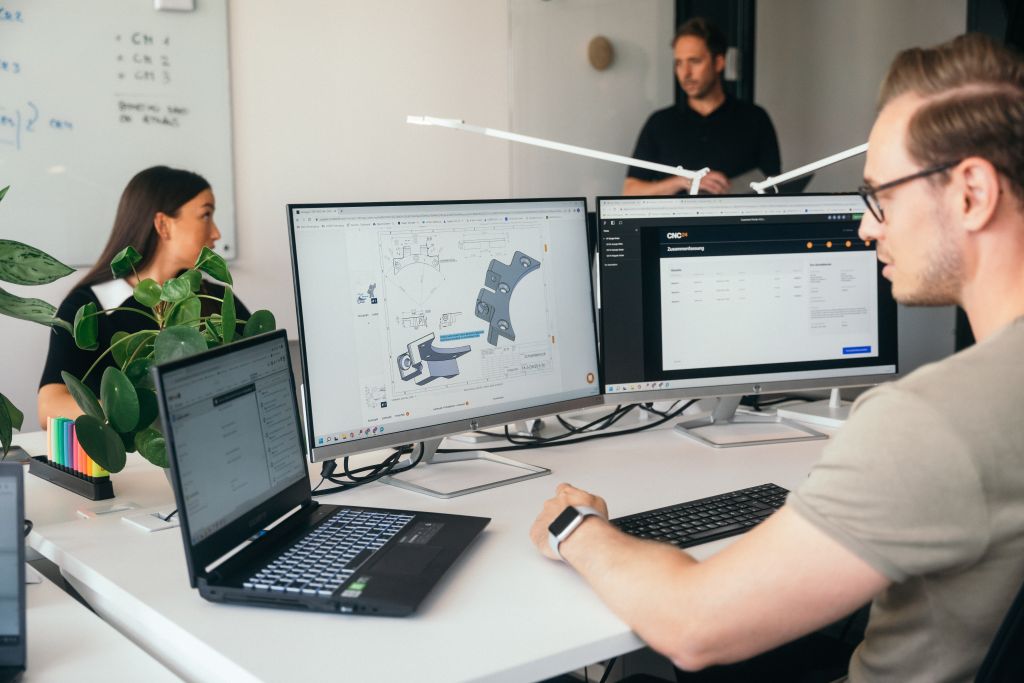
The global procurement of CNC-manufactured components faces a paradox: while cost pressure is constantly increasing, quality requirements are becoming ever stricter. Quality defects account for a significant proportion of total costs across the industry – in CNC manufacturing, with its tight tolerances and high precision requirements, even more so than in many other areas.
For procurement managers, this means: how can cost-efficient supply chains be established without compromising on quality? The answer lies in a systematic, data-driven approach that combines preventative measures with modern measurement technology.
Quality assurance vs. quality control – which is which?
- Quality assurance (QA) includes all planned, preventive measures that ensure that requirements are met (e.g. inspection planning, approval processes, supplier audits or EMPB/PPAP] approvals).
- Quality control (QC), on the other hand, is reactive and checks whether the required quality has actually been achieved – for example through incoming goods inspections, in-process inspections or final inspections.
- Quality management (QM) forms the umbrella over both disciplines and ensures targets, reporting and continuous improvement.
👉 The differences at a glance:
| Range | Focus | Goal | Typical activities |
|---|---|---|---|
| Quality assurance (QA) | Preventive | Avoid mistakes | Inspection planning, supplier audit, EMPB/PPAP |
| Quality control (QC) | Reactive | Detect errors | Incoming goods inspection, in-process, final inspection |
| Quality management (QM) | Strategic/overarching | Control quality | Targets, reporting, improvement programs |
Modern quality philosophies in CNC production
- Zero-defect thinking: errors should be ruled out from the outset. In CNC production, this can be achieved through precise process controls, clean tools and stable machines.
- TQM (Total Quality Management): All stakeholders – including suppliers – are integrated into a uniform quality system. This is particularly important for global CNC supply chains.
- Six Sigma:Target value ~3.4 defects per million possibilities ([PPM]). The relevant parameter for this is the [Cpk] value (process capability index) – it shows how stable a process produces within the tolerance limits. The following usually applies:
| Cpk value | Rating | Significance for procurement |
|---|---|---|
| ≥ 1,67 | Very good control | Stable processes, minor deviations |
| ≥ 1,33 | Good | Standard requirement, acceptable |
| < 1,33 | Critical | Supplier must make improvements |
Business impact and ROI
Quality costs – but poor quality costs more. Prevention and testing cause measurable costs, but the cost of errors is many times higher (rework, rejects, express deliveries, loss of customers).
Sample calculation:
A company with a purchasing volume of €10 million invests €100,000 in a systematic QA system. Thanks to fewer complaints and rework, annual savings of €180,000-250,000 can be realized.
The PAF model:
The PAF model is often used in industry to systematize quality costs. It distinguishes between three types of costs:
- Failure costs: Costs incurred due to defective parts – internally (rejects, rework) or externally (complaints, customer losses).
- Prevention costs: Costs for preventive measures designed to avoid errors from the outset.
- Appraisal costs (testing costs): Costs for tests and inspections to ensure that products meet the requirements.
| Cost type | Typical order of magnitude | Examples |
|---|---|---|
| Prevention (contraception) | 1-2 % of turnover | QM systems, training, supplier audits |
| Appraisal (examination) | 2-5 % of turnover | Incoming goods, in-process, final inspection |
| Failure (failure costs) | 5-15 % of turnover | Rejects, rework, complaints, loss of image |
Investment in quality assurance follows a clear logic: preventive measures such as planning, training and supplier audits as well as inspection activities in incoming goods, during production and at final acceptance do incur costs, but these are significantly lower than the consequential costs of quality defects. Rework, rejects, express delivery, delays and customer dissatisfaction quickly add up to considerable sums.
A tried-and-tested rule of thumb is that every error prevented at an early stage saves on average many times more than it would cost to rectify the error later on. For a realistic ROI calculation, you should therefore not rely on blanket industry assumptions, but use specific complaint data from your company – such as PPM rates, documented 8D cases, actual rework minutes and logistics costs incurred.
Offer for your components
How we protect your data
CNC-specific quality challenges
CNC manufacturing places special demands on quality assurance: tight tolerances in the micrometre range, complex geometric specifications and a large number of process variables make quality control a highly specialized discipline. While visual inspections are often sufficient for other manufacturing processes, CNC machining requires precise measurement technology and a sound understanding of the manufacturing processes.
Tolerance management
- General tolerances: often ISO 2768
- GD&T according to ISO 1101: Position, parallelism, concentricity, squareness
- Critical features: e.g. holes with H7 fit, sealing surfaces
Process capability & stability
- [Cpk]/Cmk: Evidence for stable processes
- [SPC]: Control charts for critical dimensions
- Tool wear: predictive maintenance, automatic tool changes
Material & surface influences
- Material certificates, heat treatment data, microstructure testing
- Surface roughness (Ra/Rz according to ISO 4287, Sa/Sz according to ISO 25178)
Incoming goods inspection: risk-oriented inspection strategies
Not every component requires the same inspection intensity; a blanket 100% inspection would be uneconomical, while an inspection that is too lax entails considerable risks. The AQL methodology (Acceptable Quality Limit) and the ABC/XYZ analysis help to achieve an optimum balance between inspection effort and quality risk. While the ABC analysis classifies components according to their value share, the XYZ analysis evaluates the consumption regularity; together, the two provide a differentiated picture that enables risk-adequate inspection strategies. This allows you to focus your resources on critical parts without having to check non-critical components.
ABC/XYZ analysis
| Category | X (constant) | Y (fluctuating) | Z (sporadic) |
|---|---|---|---|
| A (high quality) | 100% or random sample testing Example: Precision shaft for mechanical engineering, safety-relevant | Standard check Example: Hydraulic valve for machine tool, medium demand fluctuation | Intensive testing Example: Special gearbox component for aviation, rarely required |
| B (medium value) | Random sample Example: Milled parts for general assemblies, constant call-offs | Standard test Example: Casting for pumps, variable demand | Increased sample Example: Spare part for robotics, irregular demand |
| C (low value) | Visual inspection Example: Standard fastening (screw, nut), high consumption | Visual inspection Example: Small parts for assembly, fluctuating call-offs | Intensive visual inspection Example: rarely used accessory, small quantity |
Sampling method according to AQL tables
The Acceptable Quality Limit (AQL) method according to ISO 2859 specifies the maximum acceptable number of defective parts in a sample. The severity depends on the defect category: critical (safety or functional risk), major defect (functional impairment), minor defect (visual or minor).
| Error type | AQL value | Lot size | Sample (n) | Acceptance criterion (Ac) | Example |
|---|---|---|---|---|---|
| Critical errors | 0,1 | 1-8 | Full inspection | – | Dimensional deviations with safety risk, e.g. fit H7 not maintained |
| 9-15 | 5 | 0 | |||
| 16-25 | 8 | 0 | |||
| Main error | 1,0 | 9-15 | 3 | 0 | Functional impairment, e.g. burr formation on sealing surfaces |
| 16-25 | 5 | 0 | |||
| 26-50 | 8 | 1 | |||
| Secondary error | 2,5 | 9-15 | 2 | 0 | Minor visual deviation, e.g. small scratches on a non-functional surface |
| 16-25 | 3 | 0 | |||
| 26-50 | 5 | 1 |
Get a quote for your parts
Measurement technology and test methods: Technical excellence
The right measuring technology is crucial to ensure reliable results in CNC production. Different methods each have specific strengths and limitations. The following overview shows a comparison of the most important approaches:
| Procedure | Application | Advantages | Boundaries |
|---|---|---|---|
| Tactile CMM | Dimensional, shape and position check | Highest precision | Slow, material contact |
| Optical/Laser | Surfaces, sensitive parts | Fast, contactless | Surface-dependent |
| Surface roughness ISO 4287 | Sliding/sealing surfaces | Functionally assessable | 2D values only |
| 3D area ISO 25178 | Structural analysis | More information (Sdr etc.) | Complex evaluation |
In practice: CNC24 uses Mitutoyo CMMs with ISO-10360-compliant specifications at its measuring center in Berlin. Measurement reports are audit-proof and also support [EMPB]/[PPAP] processes.
Specialization: Surface and contour metrology
While CMM and laser inspections primarily map geometric features, surface and contour measurement technology plays a central role in the functional evaluation of CNC components:
- 2D roughness (ISO 4287) and 3D surfaces (ISO 25178): provide suitable characteristic values depending on the function – e.g. Ra for sliding surfaces, Rz for sealing surfaces, Sdr for surface structure.
- Contour and profile measurements: require clearly defined reference systems, the correct probe selection, suitable filtering and clearly documented tolerance zones.
- Digital target/actual comparison: Color maps are a powerful tool for approvals and root cause analyses, but only reliable if the alignment and point density of the measurements are correctly defined.
Surface and contour metrology therefore adds a functional perspective to the classic geometric tests – crucial for applications in which wear, sealing or haptics play a role.
Get a quote for your parts
Key quality indicators (KPIs)
In order to evaluate quality objectively, measurable parameters are required. Key performance indicators (KPIs) make it possible to compare supplier performance transparently, identify trends and initiate targeted measures. For procurement managers, they are indispensable for assessing the actual supplier quality beyond pure prices and for making fact-based strategic decisions.
The most important key figures in CNC procurement are:
| KPI | Target value | Importance for buyers |
|---|---|---|
| [PPM] (Defect Rate) | < 500 (good), < 50 (world class) | Defect rate per million parts – measure of process stability |
| [FPY] (First Pass Yield) | > 99 % | Proportion of parts that are released without reworking on the first pass |
| OTD (On Time Delivery) | > 95 % | Supplier adherence to deadlines – crucial for planning reliability |
| Complaint rate | < 0,2 % | Direct measure of customer satisfaction and supplier risk |
The CNC24 quality approach: double protection, maximum transparency
By relieving purchasers of routine tasks, they can concentrate on value-adding activities:
- Double check: Inspection by paver and independent remeasurement in the CNC24 measuring center.
- Digital processes: All inspections and deviations are stored in the CNC24 PartCloud – each part is given a digital twin.
- Customer benefit: complaint rate of just 0.11% → massive savings in incoming goods inspection, predictable deliveries and maximum transparency.
Get a quote for your parts
FAQ
Quality assurance at CNC24
How does CNC24 reduce the complaint rate for components?
CNC24 relies on a double testing procedure: All parts are first checked at the manufacturer and then independently re-measured at the CNC24 measuring center in Berlin. Deviations are documented digitally in the PartCloud. As a result, the complaint rate is just 0.11% – well below the industry average.
What is the CNC24 PartCloud?
The CNC24 PartCloud is a digital platform in which all components and measurement data are stored in an audit-proof manner. Each order receives a digital twin with complete quality documentation so that deviations are traceable and suppliers and customers have full transparency.
What advantages does CNC24 offer for incoming goods inspection?
Double quality control at the manufacturer and in the CNC24 measuring center reduces the complaint rate to just 0.11%. As a result, buyers can significantly reduce their own incoming goods inspection and save time, costs and internal resources.
Are all components measured at CNC24?
Yes, CNC24 has also opened its measuring center for external components. Customers can have their parts tested there independently and receive measurement reports and initial sample test reports (EMPB) according to individual specifications. ➝ Find out more in the area of measurement technology and quality management.
Does CNC24 also carry out quality assurance for externally manufactured components?
Yes, all components are checked twice – first at the manufacturing partner and then independently at the CNC24 measuring center in Berlin. Critical features are measured in full and the results are stored digitally in the PartCloud. In addition, every customer receives a free inspection certificate for each component.
How does CNC24 ensure the quality of its suppliers?
CNC24 works with a certified supplier network of over 500 manufacturing partners. Every new supplier undergoes a structured qualification process including an audit, documentation check and test orders. Only suppliers who meet strict quality standards are permanently accepted onto the platform.
Any further questions?
Conclusion: The future of industrial parts procurement
A professional procurement platform for components is essential for competitive companies today. The digitalization of parts procurement not only enables efficiency gains and cost savings, but also greater flexibility and quality in production.
CNC24 is at the forefront of this development and offers companies of all sizes the tools and networks they need for successful component procurement. The platform combines proven manufacturing expertise with state-of-the-art technology, creating the ideal foundation for Industry 4.0.
Investing in a high-performance procurement platform for components today lays the foundation for sustainable business success and positions you optimally for the challenges of the future.
About CNC24
CNC24 is the transparent manufacturing cloud for the global procurement of components. With just one contract and contact partner, CNC24 provides access to more than 500 selected manufacturers from all over the world.
CNC24 specializes in plastic and metal components using the production methods of milling, turning, sheet metal processing, die casting, injection moulding and 3D printing.
For quality control, all parts undergo an additional test process in the in-house measuring center before they are delivered. CNC24 was founded in 2019 by co-founders Willi Ruopp and Marlon Gerat. The start-up serves all industrial sectors with a need for production parts – from special machinery and plant engineering to IOT and medical, testing and measurement technology.
Get a quote for your parts
